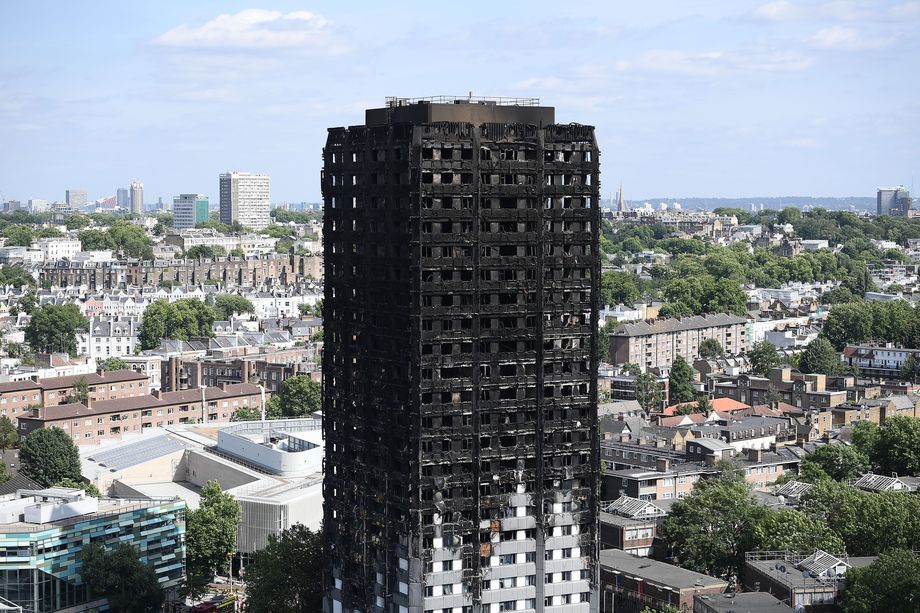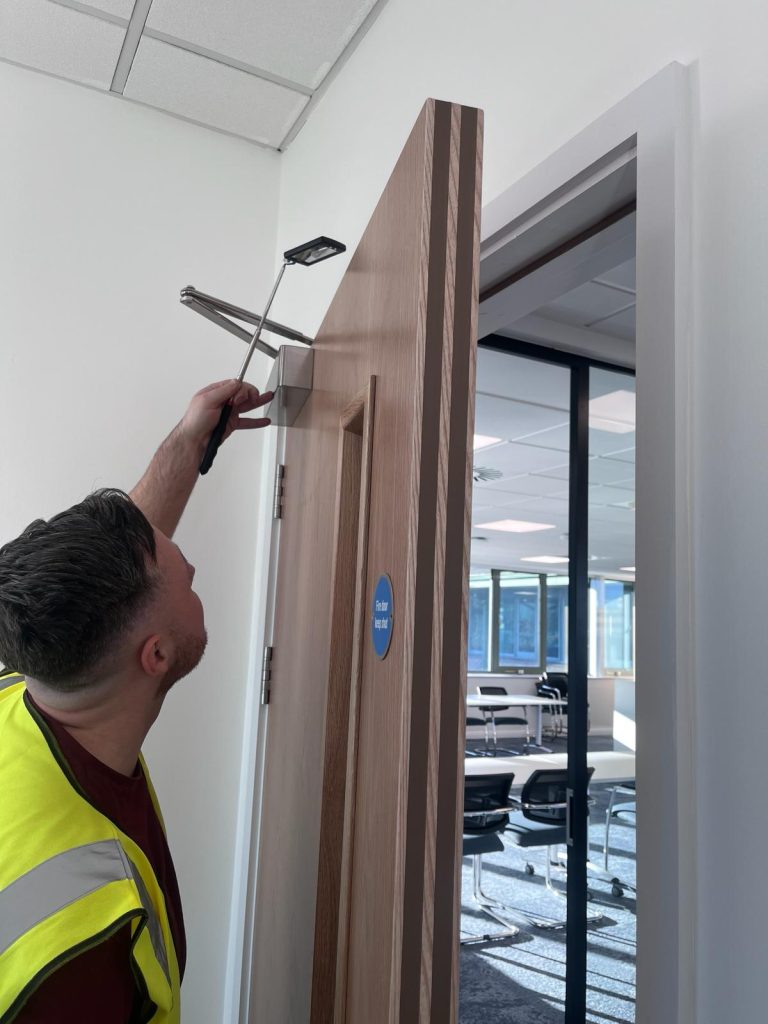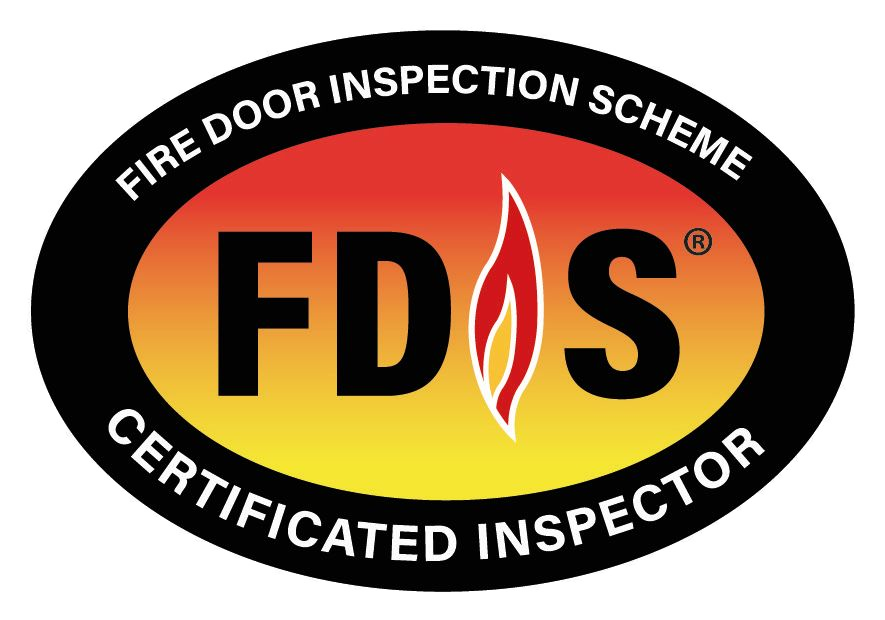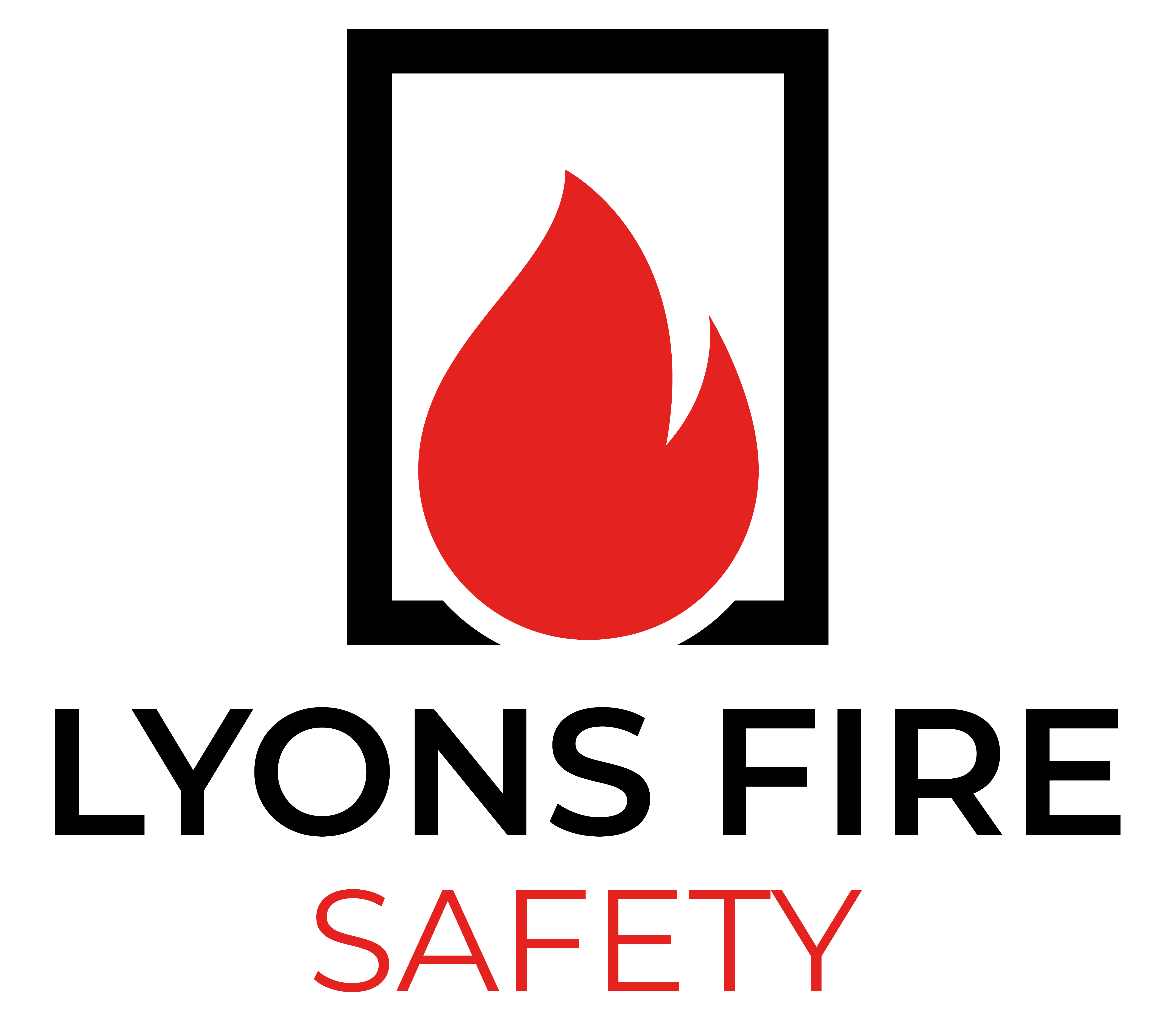Fire Safety Regulations - Building Safety in the UK
At Lyons Fire Safety (LFS), we’re committed to helping you navigate the complex landscape of fire safety regulations in the United Kingdom. Fire safety is a critical aspect of building management, with far-reaching implications for property owners, managers, and occupants alike.
Here, we’ll conveniently review all relevant fire safety regulations and standards. We want our customers and clients to be familiar with what is required by law, and how we can help you stay the right side of regulation and responsibility. We’ll cover:
- The fundamental legislation governing fire safety
- Essential compliance requirements for building owners and managers
- Recent updates to fire safety laws and their impact
- Practical steps to ensure your property meets current standards
Whether you’re responsible for a residential block, commercial premises, or public building, understanding and implementing these regulations is crucial for safeguarding lives and property.
In need of fire door installation services? – look no further than our team at LFS. Get in contact for a quote, and let us know what issues you’re facing Contact – Lyons Fire Safety
Understanding Fire Safety Regulations
UK Fire Safety Regulations at a Glance
- Apply to all non-domestic premises and common areas of domestic buildings
- Require a ‘responsible person’ to manage fire safety
- Mandate regular fire risk assessments
- Specify requirements for fire detection, warning systems, and evacuation procedure
Fire safety regulations in the UK form a comprehensive framework designed to protect lives and property by establishing robust standards for fire prevention, detection, and evacuation.
These regulations are not one-size-fits-all; they apply to a wide spectrum of buildings, including:
- Residential properties (houses, flats, and HMOs)
- Commercial spaces (offices, shops, and warehouses)
- Public facilities (schools, hospitals, and leisure centres)
- Industrial sites
- Heritage buildings
The primary aim of these regulations is to:
- Minimise the risk of fire occurrence
- Ensure early detection and warning in case of fire
- Provide safe and effective means of escape
- Limit fire spread within buildings and to neighbouring properties
The key to understanding UK fire safety regulations is recognising that they are based on a risk assessment approach. This means that while there are general requirements, the specific measures needed can vary depending on the building’s use, size, and unique characteristics.
It’s also important to note that fire safety regulations in the UK are regularly reviewed and updated in response to new research, technological advancements, and unfortunately, lessons learned from tragic incidents such as the Grenfell Tower fire.
For building owners and managers, compliance with these regulations is not just a legal obligation, but a moral responsibility to ensure the safety of all occupants and visitors.
Key Fire Safety Legislation in the UK
Understanding the legislative framework is crucial for effective fire safety management. Here are the primary laws governing fire safety in the UK:
The Regulatory Reform (Fire Safety) Order 2005
This cornerstone of UK fire safety legislation applies to virtually all non-domestic premises and the common areas of multi-occupied residential buildings. Key aspects include:
- Introduction of the ‘responsible person’ concept
- Requirement for regular fire risk assessments
- Duty to implement and maintain appropriate fire safety measures
- Obligation to provide staff training on fire safety procedures
- Mandate for maintenance of fire safety equipment
The ‘responsible person’ is typically the employer, building owner, or managing agent. They must ensure that a suitable and sufficient fire risk assessment is conducted and regularly reviewed.
Additionally, this fire safety order was amended with regulation 10 – which you can read more about on our dedicated page.
Take a look at our recent blog page – How Landlords can Ensure Fire Door Compliance in the UK – if you’re looking for clarification on what exactly your responsibilities are as a landlord under fire safety regulations
Building Regulations 2010
While the Fire Safety Order focuses on ongoing management, the Building Regulations set standards for the design and construction of buildings, including:
- Fire resistance of building elements
- Means of warning and escape
- Internal fire spread (linings and structure)
- External fire spread
- Access and facilities for the fire service
Approved Document B provides practical guidance on meeting the fire safety requirements of the Building Regulations.
While we’re not responsible for a buildings design, we can help with vital inspection and maintenance services to ensure that the right active and passive fire protection is in place to ensure a buildings overall safety.
The Fire Safety Act 2021
This act amends the Fire Safety Order 2005, previously mentioned. It primarily addresses issues highlighted by the Grenfell Tower tragedy. Here’s what was changed:
- Clarification that the responsible person for multi-occupied residential buildings must manage fire risks for:
- The building’s structure
- External walls (including cladding, balconies, and windows)
- Individual flat entrance doors opening onto common parts
- Empowerment of fire and rescue services to take enforcement action on these issues
This act aims to improve fire safety in multi-occupied residential buildings of all heights, not just high-rises.

The Building Safety Act 2022
This comprehensive legislation introduces a new regulatory regime for higher-risk buildings, defined as:
- Buildings at least 18 metres high or with at least 7 storeys
- Containing at least two residential units
Key provisions include:
- Establishment of the Building Safety Regulator
- Introduction of the ‘Accountable Person’ role for managing safety risks
- Requirement for a ‘safety case report’ for higher-risk buildings
- Implementation of the ‘golden thread’ of information concept
- Enhanced rights for residents and introduction of a New Homes Ombudsman
The Act also provides a framework for the remediation of historical building safety defects, particularly in relation to cladding issues.
Compliance Requirements
To comply with fire safety regulations, building owners and managers must:
Conduct Regular Fire Risk Assessments
Fire risk assessments identify potential hazards and determine the necessary safety measures. These assessments should be reviewed regularly and updated when significant changes occur.
Install and Maintain Fire Safety Equipment
This includes:
- Fire alarms and detection systems
- Fire extinguishers
- Emergency lighting
- Fire doors and compartmentation
Implement Fire Safety Procedures
Develop and communicate clear evacuation plans, designate fire wardens, and conduct regular fire drills.
Provide Staff Training
Ensure all employees understand fire safety procedures and how to use fire safety equipment.
Keep Accurate Records
Maintain documentation of risk assessments, equipment maintenance, and staff training.
The Importance of Professional Expertise
Navigating fire safety regulations can be complex. Professional fire safety consultants, like our team at LFS, can help you:
- Interpret and apply relevant regulations to your specific building
- Conduct thorough fire risk assessments
- Develop comprehensive fire safety strategies
- Implement and maintain fire safety measures
- Stay up-to-date with changing regulations
Consequences of Non-Compliance
Failing to comply with fire safety regulations can have serious consequences:
- Legal penalties and fines
- Imprisonment for severe breaches
- Increased risk of fire-related incidents
- Damage to property and potential loss of life
- Reputational damage to your business

Fire Safety Regulation - FAQs
Who is responsible for fire safety in a building?
The ‘responsible person’ is typically the building owner, landlord, or manager. In workplaces, this is usually the employer.
How often should fire risk assessments be conducted?
Fire risk assessments should be reviewed regularly, typically annually, or whenever significant changes occur in the building or its use.
What are the main fire safety measures required by UK regulations?
Key measures include fire detection systems, fire-fighting equipment, emergency lighting, clear escape routes, and fire doors.
Do fire safety regulations apply to all types of buildings?
Yes, fire safety regulations apply to almost all non-domestic premises, including workplaces and the common areas of multi-occupied residential buildings.
What penalties can be imposed for breaching fire safety regulations?
Penalties can include unlimited fines and up to two years’ imprisonment for serious offences.
How long do certificated fire doors typically last?
With the right level of maintenance, certificated fire doors can last 30-40 years. However, regular inspections are crucial to ensure ongoing performance.
How do recent regulatory changes affect high-rise residential buildings?
The Building Safety Act 2022 introduces new roles and responsibilities for the management of fire and structural safety in high-rise residential buildings.
Where can I find guidance on fire safety regulations?
The UK government provides detailed guidance on fire safety regulations on their official website. Professional fire safety consultants can also offer expert advice.
Choose Lyons Fire Safety for Fire Safety Regulation Compliance
At Lyons Fire Safety, we’re dedicated to providing exceptional fire protection solutions, ensuring the highest level of safety and compliance for our clients. Our team of qualified professionals uses certified products and follows industry best practices to achieve optimal fire resistance.
Don’t compromise on fire safety. Contact us today to schedule an assessment, consultation, or maintenance service for your fire safety measures. Our experts will identify any issues, provide recommendations, and implement effective solutions to ensure your building’s fire protection is robust and compliant with regulations.
Phone: 0121 517 0562
Email: david@lyonsfiresafety.co.uk
Lyons Fire Safety: Your Trusted Partner for Fire Safety Compliance Solutions in the UK.


